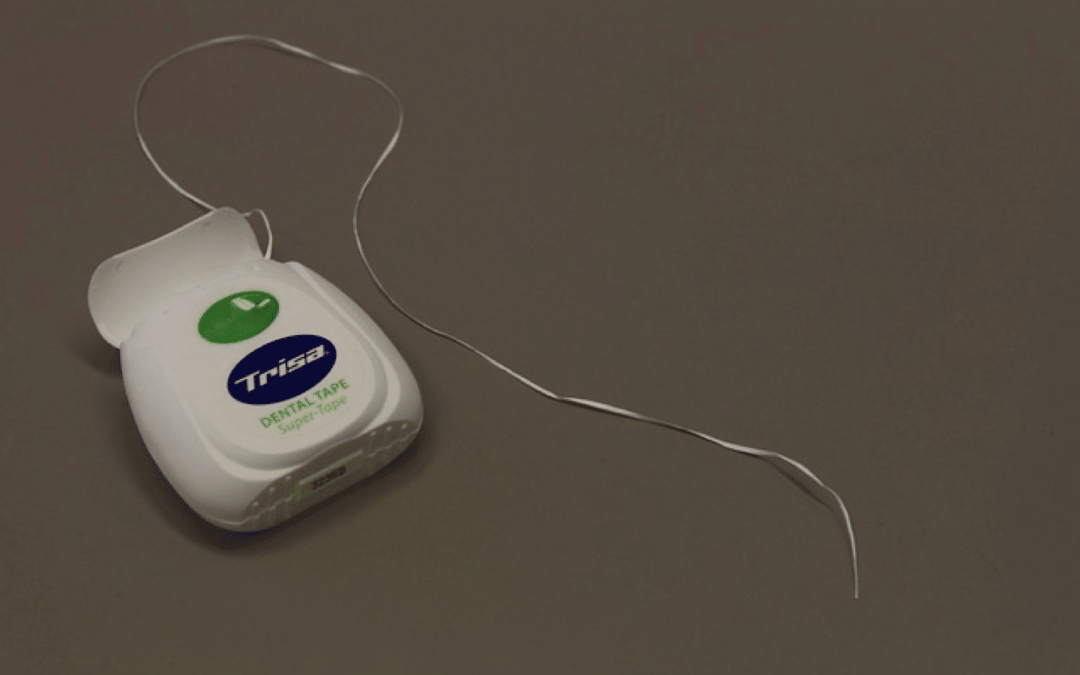Flossing your teeth might seem like a hassle. Why should you floss if you brush your teeth twice a day?
Well, there are many good reasons why you should floss. First and foremost, if you don’t, you are more susceptible to getting gingivitis. That means your gums would bleed and your teeth could decay.
But, flossing doesn’t have to be a chore. If you know how to do it right, it takes no time at all. That’s why we’re here to help. We’ll go over the steps to getting the perfect flossing technique mastered. Are you ready to have clean and wonderful teeth?
1. Find the Right Floss for Your Teeth
Did you know there are different types of floss? No, we don’t mean different brands. There are many brands that sell the same type of floss. We mean different lengths, strengths, and materials.
You can choose between Nylon (multifilament) or PTFE (monofilament) floss. These are both available in many different brands and price ranges, though PTFE tends to be slightly more expensive. Nylon is good is you have decent sized gaps between your teeth (normal sized). If your teeth are tightly packed together you want to use PTFE, or you run the risk of the floss fraying and tearing between your teeth.
2. Make Sure You Have Enough Floss
Maybe you’ve tried flossing and found that the string constantly slips out of your fingers? Well, what if we told you that you need at least 18 inches of floss in order to successfully complete the job? Seems like a lot right? But that’s why good brands will provide you with a lot of floss for a good price.
The amount of floss you’ll need will slightly vary depending on you as an individual. You want to make sure that you can wind the floss around each of your middle fingers while still leaving an inch or two open to work with.
3. It’s All in The Hand Positions
The floss is sitting snugly wrapped around your middle fingers (but not enough to prevent blood circulation). Now what? It’s time to get the hand position right. You want to hold the floss between your thumbs and index fingers. Remember to keep that 1 to 2-inch open space.
Think of holding the floss between the pads of your thumb and your index fingers. Every once in a while, you’ll want to unravel the floss and rearrange it to get a clean section.
4. Get the Flow Right
The trick with flossing is that you need to get into the rhythm. You don’t want to spend too much time on one tooth and potentially miss others. Plan to spend a few seconds on each tooth equally.
When starting, pull the floss between the two teeth. Then gently curve the floss to one side, that way it wraps around the base. Be as gentle as possible so you don’t snap the floss. Pull the floss side to side, like you’re rubbing it against the base of the tooth.
After a few times, switch to another tooth and repeat the motion. It’s important that between teeth you switch to a clean section of floss. That way you’re not getting food re-stuck in your gums.
Ready to Floss?
Now you know the right kind of floss to use, how much you need, and how to get into the flow. Are you ready to start flossing? It should be done every evening after flossing or every morning. It’s alright to floss once a day but if you want to floss twice a day, more power to you. You’re ready to set a schedule.


